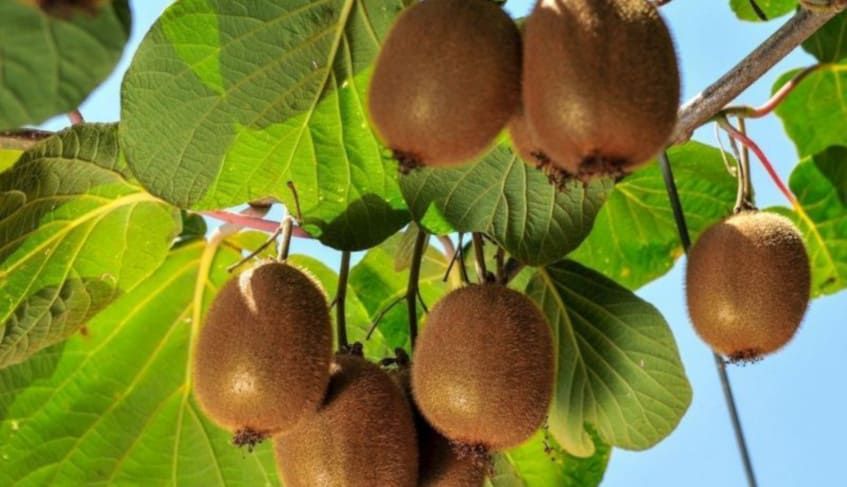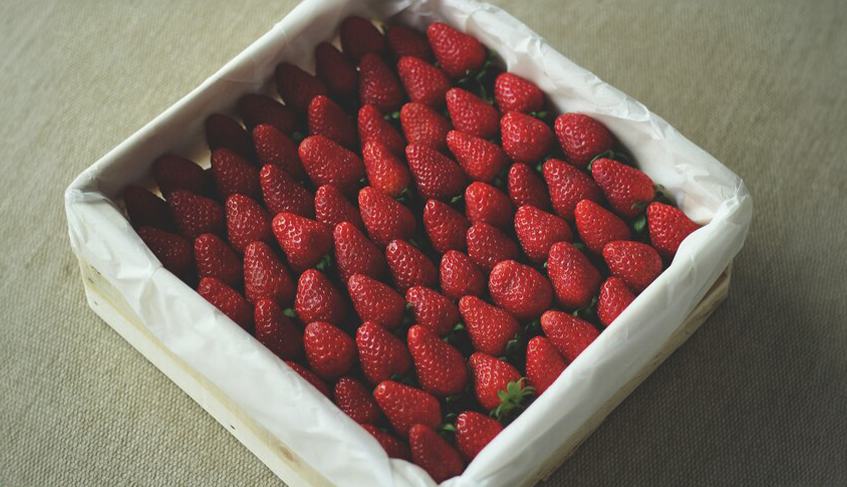Kiwi Storage
Worldwide kiwi production in 2010 was 1.4 million tons. Of this figure, 30% are from Italy, 27% from New Zealand, 17% from Chile, and 19% from North, Central and South America. Especially Actinidia deliciosa (var. Abbott, Allisson, Bruno, Hayward and Monty), Actinidia chinensis, Actinidia arguta, Actinidia colonkta and Actinidia eriante species are grown.
Harvest of Kiwi
The right time to harvest kiwis is best determined by measuring the refraction. Because refraction is about maturation and quality (as opposed to color and hardness). A minimum refraction value of 6.2% applies in New Zealand; Fruits below this level are not well storable and have less flavor when ripe. A higher value of 7-9% is usually recommended for long-term storage.
Kiwis produce very little ethylene, but are very sensitive to ethylene. Care must be taken when picking kiwis by hand. Because the ethylene production of damaged fruits immediately increases, which can cause problems for other fruits.
It is important to harvest in dry weather to prevent Botrytis development.
Pre-Chilling Process of Kiwis
Pre-cooling is not applied everywhere; In California, cooling to 0 ºC as soon as possible after harvest is recommended, while in New Zealand 'curing' is used (2 days at ambient temperature, followed by cooling). This process reduces mold growth (Botrytis) and 'stem rot' disease. The curing process can cause moisture loss and drying of stem marks.

CA / ULO Storage of Kiwi
Kiwis are well-storable fruits; They can be stored for 3-5 months under optimal storage conditions at -0,5 ºC to 0 ºC temperatures and 90-95% relative humidity. CA storage extends this period by 3-4 months for kiwis. The higher the CO2 ratio, the better the hardness is maintained. A decrease in O2 rate delays maturation. At less than 1% O2 concentration, off-flavor may be observed. Internal breakdown may occur at a CO2 concentration higher than 7%. It is also important to use ethylene scavengers to keep the ethylene level as low as possible in the CA storage of kiwis.
Our solutions for kiwi storage
- CO2 trap
- O2 trap
- Moistening
- Ethylene converter
Optimal Storage Conditions for Kiwi
Optimal storage conditions for kiwi depend on the species, harvest time, region, location of the garden and growing conditions (such as the age of the garden, care, crop protection and fertilization).
The following recommendations are general scientifically accepted storage conditions, but these conditions are not specific to a particular region or garden. In other words, it is a narrative in which no rights can be claimed. You can contact a local university or research station for advice.
| Temperature ºC | Relative Humidity % | Optimal C.A. % | Shelf Life | |
| Kiwi | -0,5 – 0 | 90 - 95 |
1,0 - 2,0 O2 |
3 - 5 month (cold room) |









